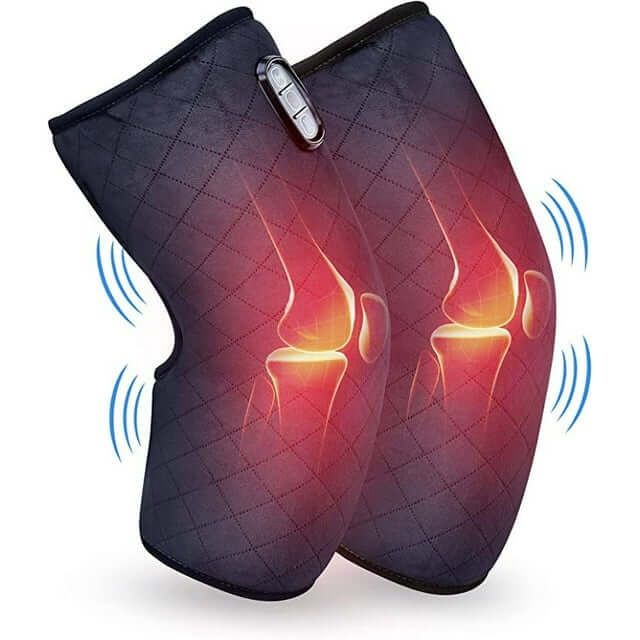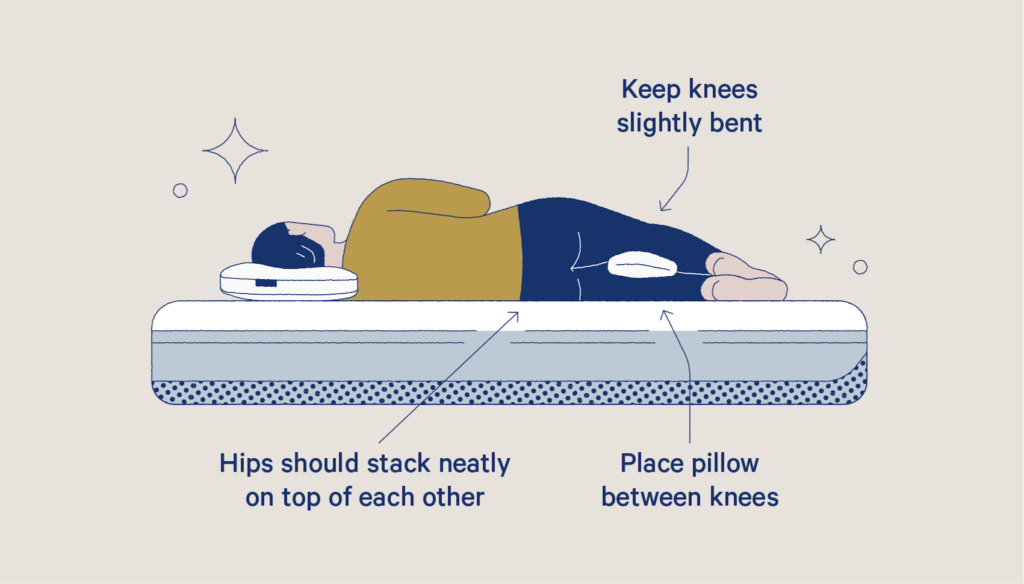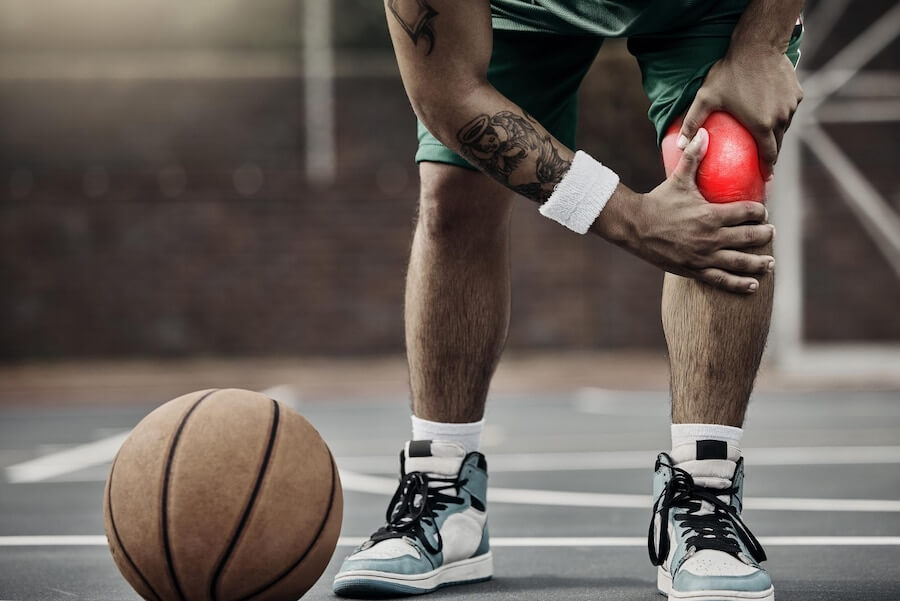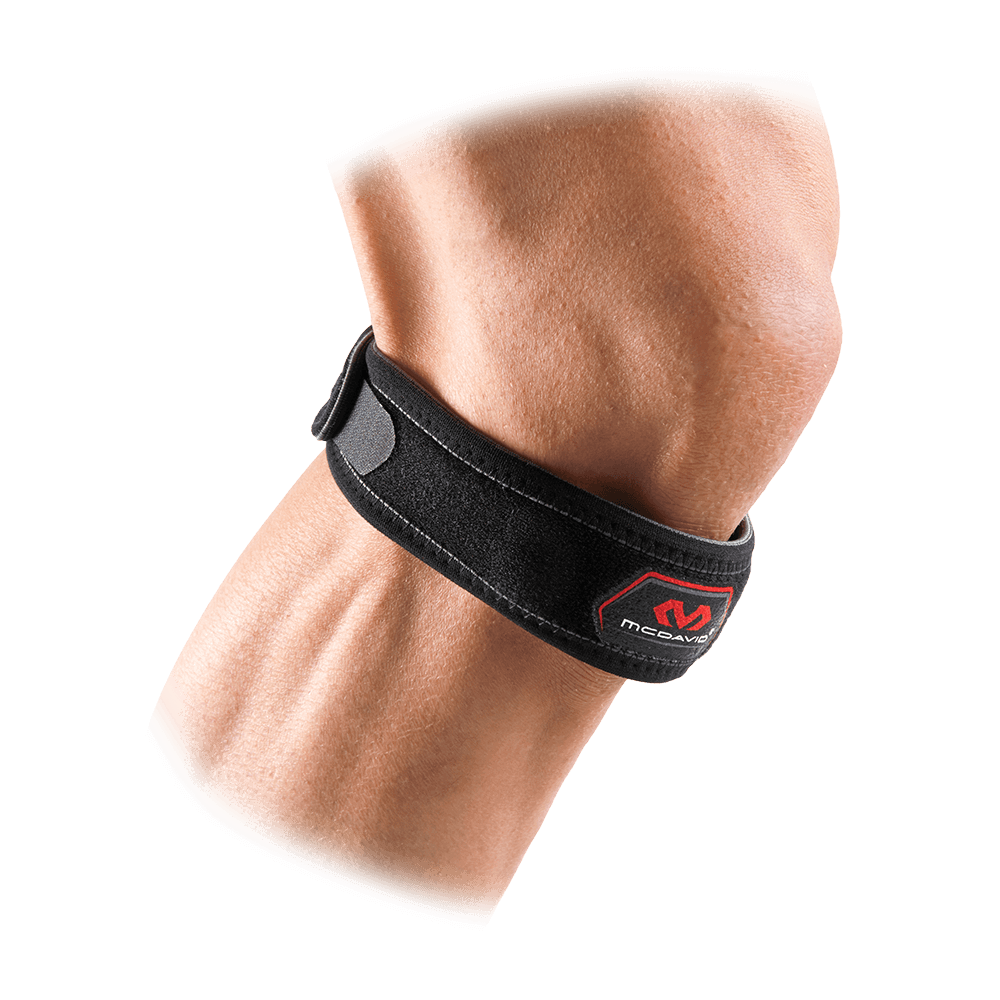Knee pain is a common ailment that can disrupt our daily lives and limit our mobility, making even the simplest of tasks, like kneeling, a painful ordeal. While knee pain can manifest in various ways and be attributed to multiple factors, the focus of this article is on the specific discomfort experienced on the outside of the knee when bending or kneeling. This type of pain can be frustrating, as it may hinder activities that require flexing the knee, such as gardening, playing sports, or engaging in routine chores. Understanding the potential causes of this lateral knee pain and the corresponding treatment options is essential for effective management and recovery.
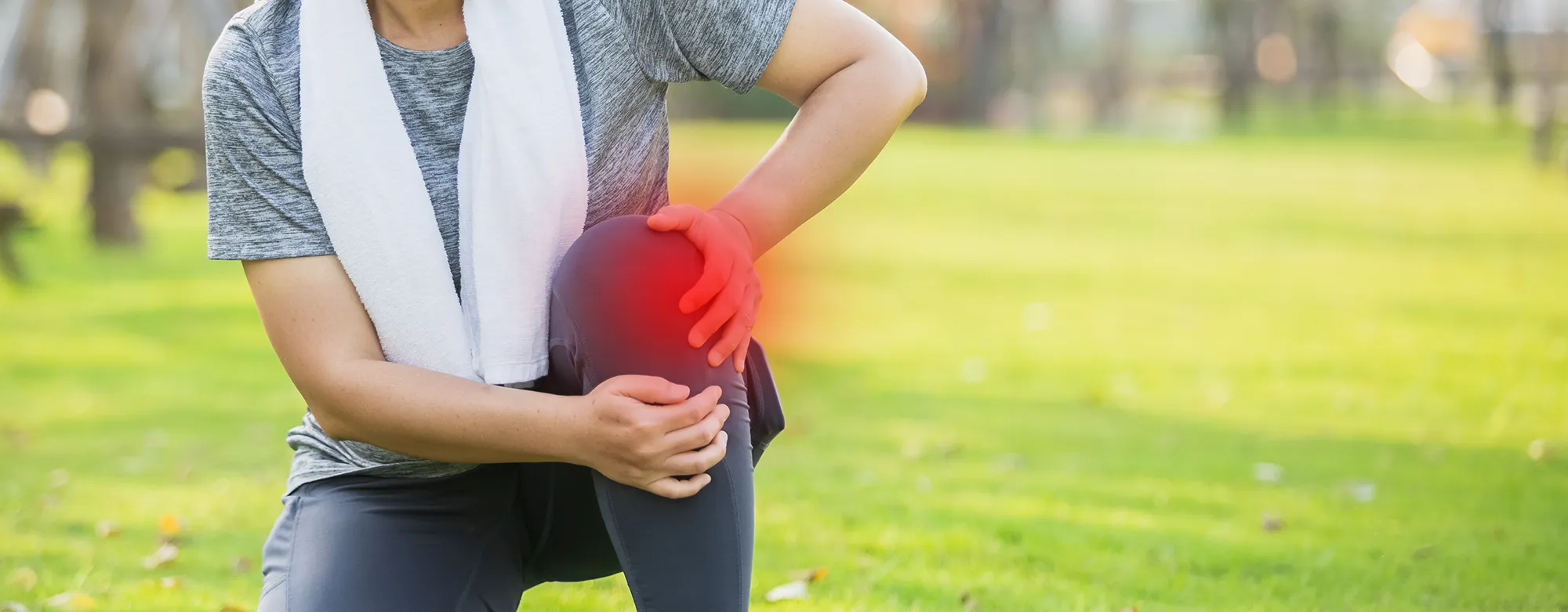
Pain on the outer side of the knee can result from a range of underlying issues, each with its own unique set of symptoms and therapeutic approaches. In this comprehensive exploration, we will delve into seven common causes of lateral knee pain when kneeling, shedding light on the intricate mechanisms behind these conditions and providing insights into the most suitable methods of treatment.
Seven potential causes of pain on the outside of the knee when kneeling:
- Iliotibial Band Syndrome (ITBS): ITBS is a common condition, often seen in runners and athletes, characterized by pain on the outer side of the knee. The iliotibial band, a thick band of connective tissue, runs along the outer thigh and attaches to the outside of the knee. Overuse or repetitive friction between the IT band and the knee joint can lead to inflammation and discomfort. The symptoms of ITBS typically include a sharp, burning pain on the outer knee, especially during activities that involve repetitive bending. To manage ITBS, rest is crucial to allow inflammation to subside. Physical therapy is also effective for strengthening the hip and thigh muscles, which can help alleviate the tension on the IT band. Stretching exercises can further improve flexibility and reduce friction.
- Bursitis: Knee bursitis occurs when the bursa sac, a fluid-filled sac located near the knee joint, becomes inflamed due to repetitive kneeling or trauma. This inflammation can cause localized pain, swelling, and tenderness on the outside of the knee. Rest and avoiding activities that aggravate the condition are the initial steps in treating knee bursitis. Cold packs and anti-inflammatory medications can help reduce swelling and alleviate pain. In some cases, healthcare professionals may recommend draining the bursa or corticosteroid injections to provide relief.
- Lateral Collateral Ligament (LCL) Injury: The LCL is a crucial ligament responsible for stabilizing the outer aspect of the knee joint. An injury to the LCL, such as a sprain or tear, can result in pain, swelling, and a sense of instability on the outer knee. Treatment options for LCL injuries vary depending on their severity. Mild to moderate sprains may heal with rest and physical therapy to restore strength and stability. In more severe cases, surgical repair may be necessary to mend the damaged ligament.
- Patellofemoral Pain Syndrome (PFPS): PFPS, often referred to as runner’s knee, is characterized by pain around the kneecap, which can radiate to the outer knee when bending the joint. PFPS typically results from improper tracking of the kneecap within the femoral groove, influenced by factors like muscle imbalances, overuse, and biomechanical issues. Managing PFPS involves physical therapy aimed at strengthening the quadriceps, hamstrings, and hip muscles. Biomechanical adjustments may also be recommended, including orthotics to improve knee tracking. Stretching exercises can improve flexibility and reduce pain during activities that involve bending the knee.
- Meniscus Tear: The meniscus is a C-shaped cartilage structure located within the knee joint. Tears in the lateral meniscus, which is positioned on the outer side of the knee, can lead to pain on the outside when kneeling. The treatment for meniscus tears depends on the size and location of the tear. Small tears can often be managed with rest, ice, and physical therapy to strengthen the surrounding muscles and improve knee stability. However, larger or more severe tears may require surgical intervention to repair or remove the damaged tissue.
- Iliotibial Band Friction Syndrome: This condition is similar to ITBS and occurs when the iliotibial band rubs against the lateral femoral condyle, resulting in pain on the outer knee. Managing iliotibial band friction syndrome involves several strategies. Proper footwear selection is essential to minimize excessive pronation, and stretching exercises can help alleviate tension in the IT band. Activity modification is often recommended to reduce the impact on the knee joint and prevent further irritation.
- Osteoarthritis: While less common in younger individuals, osteoarthritis can affect the outer aspect of the knee joint, leading to pain during kneeling. Osteoarthritis is a degenerative condition that involves the breakdown of cartilage within the knee joint. Management of knee osteoarthritis includes a combination of conservative measures and, in severe cases, more invasive treatments. Pain management techniques, such as nonsteroidal anti-inflammatory drugs (NSAIDs), can provide relief. Physical therapy aims to strengthen the supporting muscles and improve joint stability. In advanced stages of osteoarthritis, joint injections with hyaluronic acid or corticosteroids may be considered, and surgical options like knee arthroplasty may be necessary.
In conclusion, pain on the outside of the knee when kneeling can be a challenging issue that affects one’s quality of life, limiting the ability to perform everyday activities and participate in sports and hobbies. Understanding the underlying causes of this pain is a crucial step towards effective management and recovery. In this comprehensive exploration, we’ve discussed seven common causes of lateral knee pain when bending or kneeling, each with its distinct symptoms and treatment options.
- Iliotibial Band Syndrome (ITBS): ITBS often results from overuse and friction between the iliotibial band and the knee joint. Treatment includes rest, physical therapy, and stretching exercises to alleviate tension and improve flexibility.
- Bursitis: Knee bursitis is caused by inflammation of the bursa sac near the knee joint. Initial treatment involves rest, cold packs, and anti-inflammatory medications. In some cases, draining the bursa or corticosteroid injections may be necessary.
- Lateral Collateral Ligament (LCL) Injury: LCL injuries can lead to pain, swelling, and instability on the outer knee. Treatment varies based on the severity of the injury, from bracing and physical therapy to surgical repair.
- Patellofemoral Pain Syndrome (PFPS): PFPS, or runner’s knee, is often attributed to muscle imbalances and overuse. Management includes strengthening exercises, biomechanical adjustments, and stretching routines.
- Meniscus Tear: Tears in the lateral meniscus can result in pain when kneeling. Small tears can be managed with rest and physical therapy, while larger tears may require surgical intervention.
- Iliotibial Band Friction Syndrome: This condition is similar to ITBS and is managed through proper footwear, stretching exercises, and activity modification.
- Osteoarthritis: Osteoarthritis can affect the outer knee joint, leading to pain during kneeling. Treatment encompasses pain management, physical therapy, and, in advanced cases, joint injections or surgical options.
To effectively address your knee pain, it is crucial to consult a healthcare professional for a precise diagnosis and a tailored treatment plan. Early intervention can significantly improve your quality of life and allow you to return to pain-free kneeling and physical activities.
Recommendations for individuals experiencing lateral knee pain when kneeling include:
- Seek Professional Guidance: Consult an orthopedic specialist or a healthcare provider to receive a comprehensive evaluation of your condition. This will enable an accurate diagnosis and a personalized treatment plan.
- Follow Treatment Recommendations: Adhere to the treatment plan prescribed by your healthcare provider, which may include rest, physical therapy, medication, or, in some cases, surgery. Compliance with the recommended regimen is vital for a successful recovery.
- Lifestyle Adjustments: Modify activities or sports that exacerbate your condition. Utilize proper footwear and supportive braces as needed to minimize stress on the knee joint.
- Preventive Measures: Once you’ve recovered, focus on maintaining a strong and balanced musculature around the knee to reduce the risk of recurrence. Regular stretching and strength-building exercises can help safeguard your knee health.
In conclusion, understanding the root cause of your lateral knee pain is the first step towards finding relief and resuming your normal activities. With professional guidance and a commitment to treatment, you can regain the freedom to kneel without pain and enjoy a more active and comfortable lifestyle.

